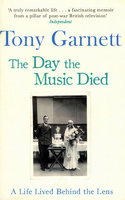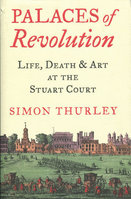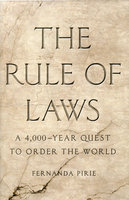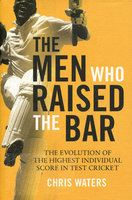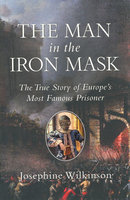New, Quality Gift Books - 50-90% off - over 2500 titles
Your basket is empty.
Categories Modern History/Current Affairs WATERLOO SUNRISE: London from the Sixties to Thatcher
WATERLOO SUNRISE: London from the Sixties to Thatcher
Book number: 93507
Product format: Hardback
In stock
Bibliophile price
£8.00
Published price
£30
Customers who bought this product also bought
|
DAY THE MUSIC DIED: A Life Behind the Lens
Book number: 92559
Product format: Paperback
Bibliophile price
£1.50
Published price
£9.99
|
PALACES OF THE REVOLUTION
Book number: 91939
Product format: Hardback
Bibliophile price
£7.00
Published price
£25
|
RULE OF LAWS
Book number: 92404
Product format: Hardback
Bibliophile price
£5.00
Published price
£25
|
|
MEN WHO RAISED THE BAR
Book number: 92532
Product format: Hardback
Bibliophile price
£2.75
Published price
£12.99
|
TATE INTRODUCTIONS: Matisse
Book number: 92512
Product format: Paperback
Bibliophile price
£2.50
Published price
£6.99
|
MAN IN THE IRON MASK: The True Story
Book number: 92606
Product format: Hardback
Bibliophile price
£6.00
Published price
$28.95
|
Browse these categories as well: Modern History/Current Affairs, Great Britain, Maps & the Environment









